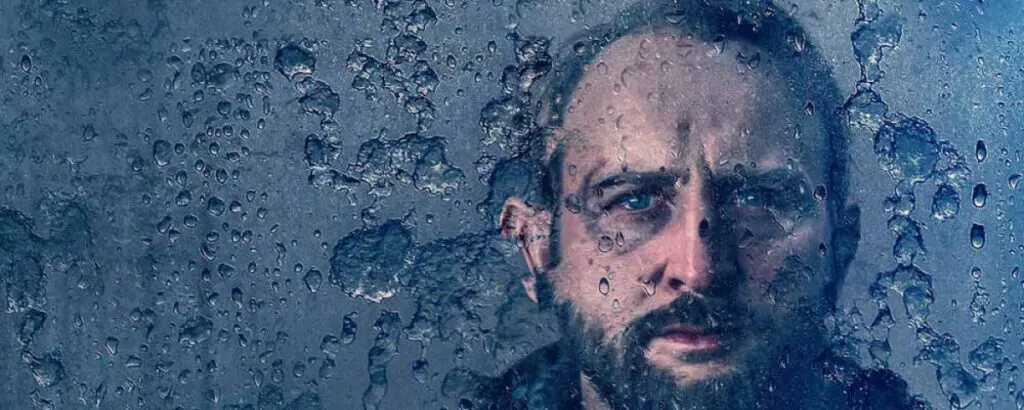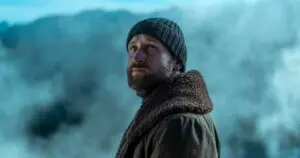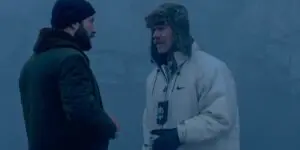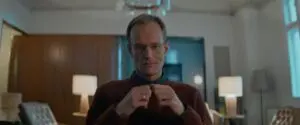Summary
Detective Forst is highly familiar in all its constituent parts, but it nonetheless amounts to a decent mystery with striking visuals for good measure.
If there’s one thing Netflix isn’t short of, it’s dour international crime dramas. The latest is Detective Forst, a six-part Polish series based on the novels by Remigiusz Mróz. Only rarely does a show come with so many obvious and worn-out cliches, and yet somehow, thanks mostly to stark visuals and a chilly atmosphere that evokes the first season of True Detective in the creepiness of its ritualistic killings, it’s mostly worth a watch.
Those cliches, though. The titular Forst is a detective with a laundry list of obligatory character quirks. He’s a maverick. He has a sketchy reputation. He likes a drink. He isn’t afraid to bend the rules or bed the daughter of his boss. And so on. One of Detective Forst’s novelties is that it only takes two episodes for him to be suspended.
Once suspended, Forst teams up with an – all together now – rebellious reporter to investigate a series of grim murders that involve a conspiracy dating back to World War II, and the various cover-ups extend to the top of Polish power and influence. If you were playing international crime drama bingo, this is the point where you’d have a full house.
And yet director Leszek Dawid hasn’t come to play around. This show looks great. The sprawling, frigid landscapes speak for themselves in a starkly beautiful and awe-inspiring way, but the devil is in the details. Some visual tricks, like juxtaposing the generally white backdrop with harsh red interior light, and the gimmick of noting how many miles above sea level each location is to create an airless atmosphere, work a treat, and there is scarcely a dead body that turns up in all six episodes that isn’t memorably presented. If I’m going to look at corpses for six episodes, they might as well be artfully displayed.
Six episodes! How refreshing. They’re all around 40-45 minutes, too, which is just right for this kind of thing. You can tell in the areas where Detective Forst sags that it would have been tortuous if it were any longer. At this length, the red herrings don’t feel too egregious, the plot stays pacey, and there’s isn’t enough time to linger on the stuff that doesn’t work, like some less-developed supporting threads and the overabundance of tropes (Forst takes pills to curb his headaches and occasionally gets disorienting flashes of his difficult past. Yawn.)
As well as the generic lone wolf policeman archetype, Forst has a touch of the idealized self-insert about him. He’s edgy and clever and has immediate sexual chemistry with every woman he meets. Bad guys discuss his investigatory prowess in hushed tones and in one episode he wears a tuxedo like James Bond. I didn’t find him that interesting because he was such a bundle of cliches, but mileage may vary. I wasn’t wildly keen on anyone else, either, since they were all either unbelievably tolerant of him or aggressively antagonistic with no middle ground. I get Forst’s name is on the tin, but most characters only really exist in terms of their relationship to him.
Borys Szyc has fun with the role, though. It can’t be exciting to play a character who feels like a composite of so many others, and yet he sells a believable sense of both self-destruction and ingrained heroism whenever the plot calls for one or the other. Zuzanna Saporznikow’s portrayal of Olga makes for a steadier but less interesting counterpart. She doesn’t veer as much between modes, but she’s also not possessed of as many layers.
Detective Forst works better than it should
In truth, it shouldn’t work as well as it does. The early episodes are almost hostile in the speed at which they introduce characters, victims, and plot points with barely any explanation, leaving the viewer to do some detective work of their own just to figure out who everyone is and why they matter.
But there’s undeniably something to be said for the striking visuals, and the nasty streak that Detective Forst shows off in its violence and themes. It’s a dark show, which I understand is a bit nebulous as a descriptor, but it’ll only take you an episode or so to see what I mean. You’ve seen it all before, there’s no doubt about that, but you might want to see it again in this particular package if you’re that way inclined.
RELATED:




